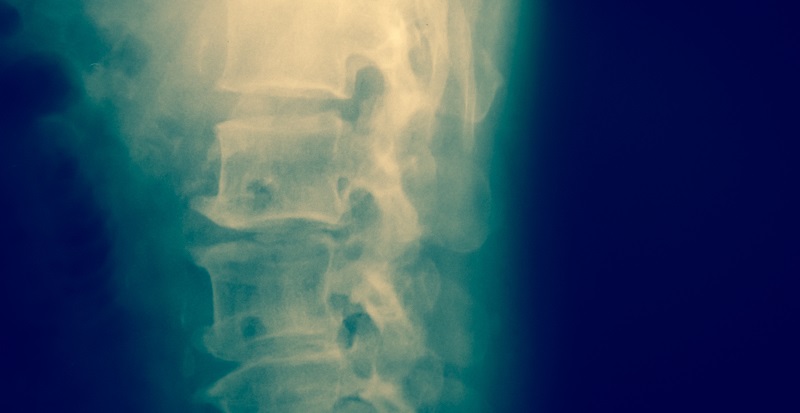What Are The Risk Factors For Spinal Osteoporosis?
Category: Spine | Author: Stefano Sinicropi

Osteoporosis is a bone disease that causes the bones to become weak and brittle, which in turn increases a person’s risk of suffering a fracture. It can develop in multiple areas of your body, but today’s focus is on caring for individuals who are battling osteoporosis of the spine. When osteoporosis develops in the spine, it can lead to problems like pain, spinal fractures or changes in the stability of your spine.
One of the most common risk factors for spinal osteoporosis is age, and there’s no real way to turn back the hands of time. However, there are some more controllable factors involved in the onset of spinal osteoporosis. We highlight some of the controllable risk factors so you can delay or prevent the onset of spinal osteoporosis.
Spinal Osteoporosis Risk Factors
According to healthcare data, more than 700,000 cases of spinal fractures related to osteoporosis occur every year in the United States, so it’s clear that the underlying issue is a major problem among older individuals. In fact, statistics suggest that 50 percent of women will suffer an osteoporosis-related fracture in any area of their body at some point in their life. Not all fractures are completely preventable, but if we want to help reduce our risk, we have to keep these risk factors in mind and make healthy lifestyle choices.
- Daily Calcium and Vitamin D – Calcium and Vitamin D play crucial roles in the development of strong bones. Your body is always working to regenerate healthy bone, so don’t assume that once you’re reached adulthood that your bones will remain strong. You have to help them continue to stay strong by providing them with calcium, Vitamin D and an overall healthy diet throughout your life.
- Regular Exercise – Another key component of bone health is exercise. Exercise helps get healthy blood coursing through your body, which helps structures get the oxygen and nutrients they need to thrive. Exercise also strengthens muscles and joints that can take some of the stress off your bones when you move.
- Cut Out The Alcohol and Cigarettes – Alcohol and tobacco can serve to break down spinal structures and inhibit healthy blood flow throughout your body. Give up smoking if at all possible, and try to limit your alcohol intake if you want to help keep your bones healthy.
- Regular Checks – Finally, make sure you are getting a yearly physical from your physician and talk about any concerns you might have about your osteoporosis risk, especially if the condition runs in your family. Medical professionals can run what’s known as a bone density scan, which examines the thickness and overall structure of your bones to see if you’re at risk or if you’re already dealing with the condition. Knowing your bone density can help you make responsible lifestyle choices or avoid activities that could put your spine at risk. Yearly medical exams are another way to help reduce your risk of an osteoporosis-related fracture.
So if you’re over the age of 50, you have a family member with osteoporosis, or you simply want to stay ahead of the condition, reach out to or Dr. Sinicropi for answers and help with your conditions.